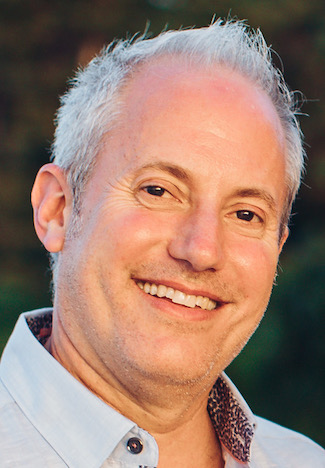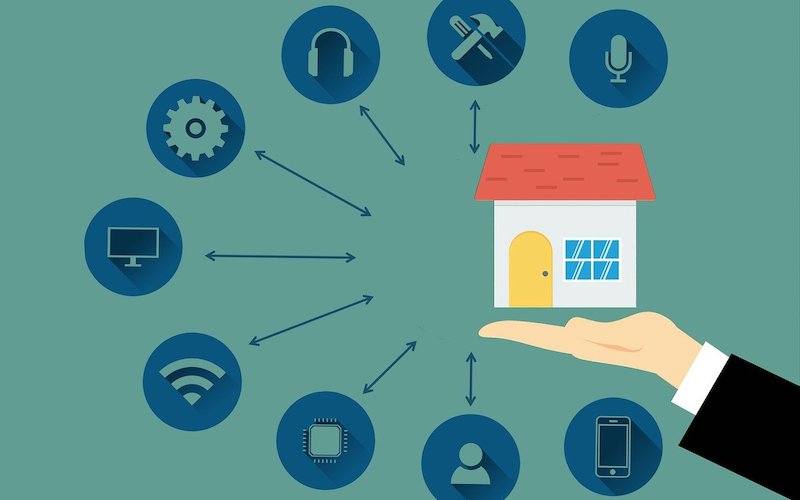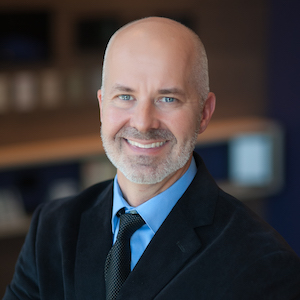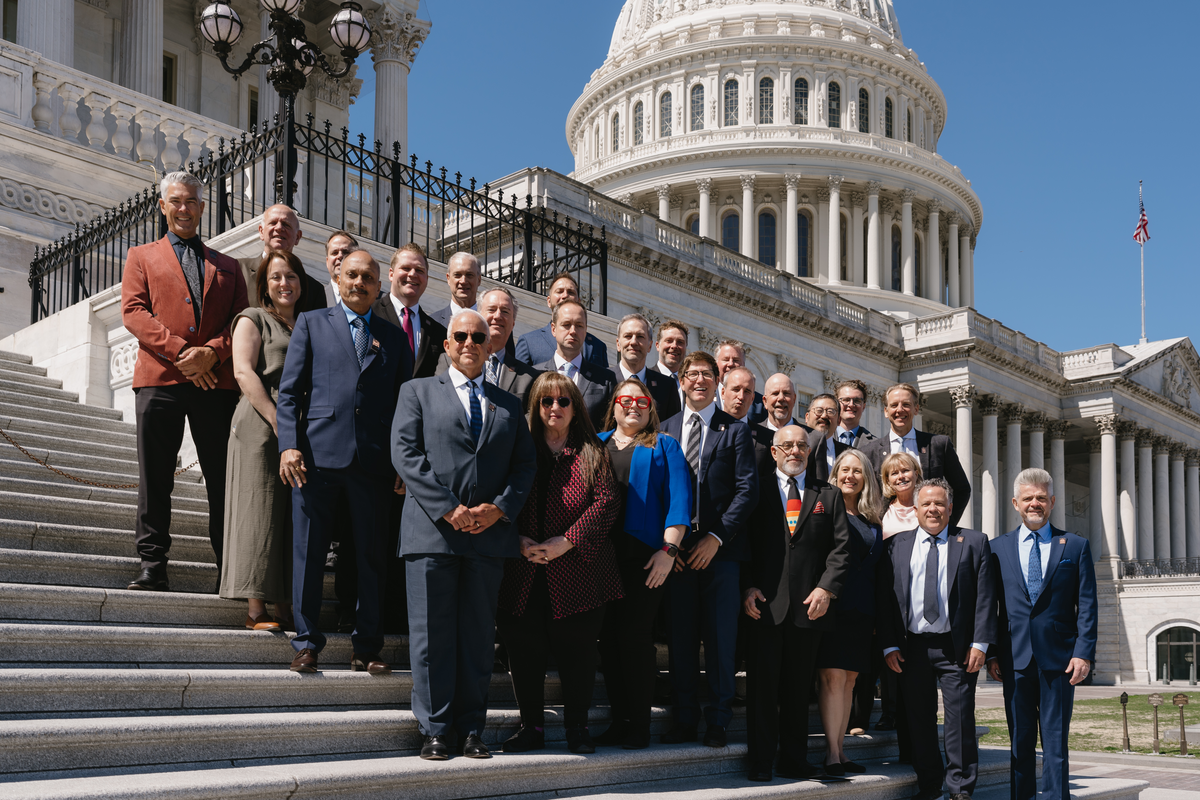An Aggressive Growth Plan
In late August of this year, Presidio Investors provided a $75 million private equity investment that merged 15 independent smart home design-build firms across the United States, creating Bravas LLC. The investment launched a national network of luxury technology integrators, operating as one brand, working across North America with architects, builders, remodelers, interior designers, and affluent homeowners. They will use lighting, shading, climate, entertainment, smart home, voice, wellness, security, surveillance, networking, energy, power, and other technologies to transform how custom homes and offices are designed, organized, and operated.
Bravas is based in Overland Park, KS, with locations in 13 states, annual revenues around $75 million, and a team of more than 285 professionals, including designers, engineers, installers, technicians, and programmers. In 2018, Bravas locations collectively completed more than 3,500 residential and commercial projects.
Rollups like this one typically fail in the custom integration industry. But, never before have the merging companies already been working together as long as this particular group did under the guidance of business coaches Paul Starkey and Steven Firszt of Vital MGMT.
To learn more about the process that led up to the merger and how it’s going so far, we spoke with Chief Technology Officer Sean Weiner, formerly the owner of Bravas-owned Starr Systems in Baltimore, MD, asking him about his new role and why he’s very optimistic that the Bravas network will succeed where others have failed.
Residential Tech Today: How did your experience in the Bravas Group, under the guidance of Vital MGMT, prepare you for the official merger of the member companies?

Sean Weiner: This is going to sound like a commercial for Vital MGMT’s Bi4Ci [Business Intelligence for Custom Integrators] dashboard system of CI metrics and benchmarks because that provided the accounting system and financial structure that we share and continue to work with. That’s the premise that unified this group in the first place. Then the private equity investment to support the merger allows us to do even more than what we started with Paul and Steve. The goal now is to leverage the foundation they provided and make the whole significantly greater than the sum of its parts.
RT Today: What industry challenges are you working to overcome as a group?
SW: I think that fragmentation is one of the biggest problems that our industry faces. Everyone is working in their own little silo, their own bubble, their own market. We go to buying group meetings, conferences, and trade shows, and have conversations about best practices. Mostly, we don’t have time to apply all of the things that we’ve learned because we’re busy running our businesses. We’re having a big conversation about business development now [within Bravas], which is a huge part of every CI business. Every business has to go out and find customers. If we’re successful, then we find great new clients and build lasting relationships that way. But once we find those clients, it’s easy to slow down or even stop the business development efforts because we’re busy fulfilling the obligations that we made to the clients we just signed. Once that initial wave of projects is complete, if you haven’t continued those efforts, you realize, “Uh-oh, I don’t have enough new business,” and you have to go back and start doing it again.
RT Today: So how does your scale as a bigger company help you break that cycle?
SW: Our scale gives us the ability to smooth out those peaks and valleys. To have people in full-time roles that support the larger entity. We have full-time business development people and full-time sales and marketing people. We also have a large group of subject matter experts covering almost every discipline and category. We’ve got them focused on both manufacturers and wider disciplines. For instance, we have a group of SMEs for a particular control system manufacturer. There are five people from our design and engineering team in the group and one person leading the team. Soon, we’ll be adding experts from our sales, installation, and support teams to the group as well. That group will have as solid a tech support background for that manufacturer’s products as their own internal tech support would have; they’re the most highly trained people on that subject in our company, and probably some of the best in the industry because they can focus entirely on those particular products.
RT Today: As chief technology officer, what is your specific role with Bravas?
SW: I am responsible for all of our client-facing technologies. I’m working with our manufacturers/suppliers to determine which products Bravas will support and how they’re best used. We’re actively participating in product development discussions with many of our manufacturers, to make sure we have input on the products and features that are important to our success.
RT Today: What’s the plan for expanding into other regions and growing the company beyond the core group you’ve started with?
SW: These are rough numbers, but a third of our growth plan involves growing the business in the markets that we’re already in. The other two thirds involve growing through acquisition. So, we’ll find other companies that are like minded and have similar makeup and are a good cultural and financial fit and make them a part of the Bravas team. We have a fairly aggressive growth plan, given our investment direction.
RT Today: As far as branding is concerned, are you keeping the local names and just tagging them with the Bravas brand?
SW: No. The plan is to become Bravas and slowly phase out the local names. It will be a long process, because we don’t want to lose that name recognition, but we also don’t want clients to think that the company and the people they’ve known for 20 years are not in business anymore. But, ultimately it’s going to be the Bravas name that the public will see.
RT Today: What are some the keys to your potential success?
SW: We’re fortunate that, with the help of our investors, we’re very well-funded from day one.
Many in this group have been working together for four years already. We have shared everything from our finances to the way we run our businesses. There are no secrets. Long before the deal closed, many of us had visited the other locations to get a first-hand look at how they operate. We shared resources, including shipping off installers to one another, sharing design resources, programming resources… So, we had a true familiarity before the merger took place. I think that time period allowed us to work on our culture too. I can tell you everything about the people who I work with now – their families, where they live, what they do with their free time, what their businesses are like, who their customers are. They’re more than just business associates now, they’re like family. It’s not that different from the relationships each of us had inside our individual companies, just on a much larger scale. That’s hard to do when you’re just looking at numbers.









